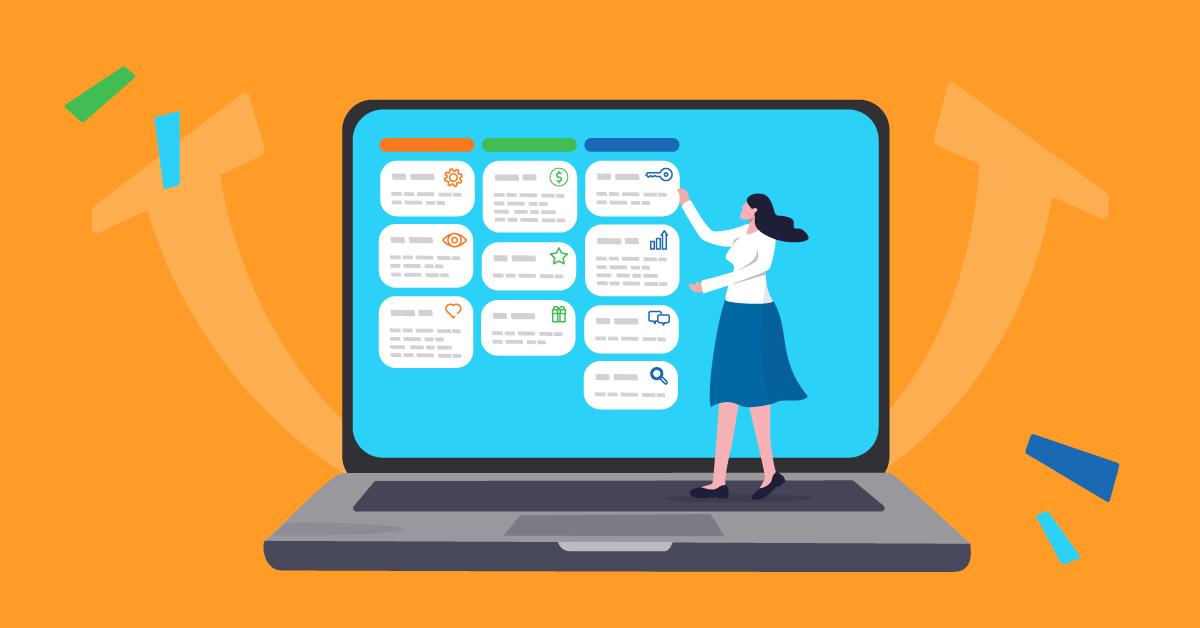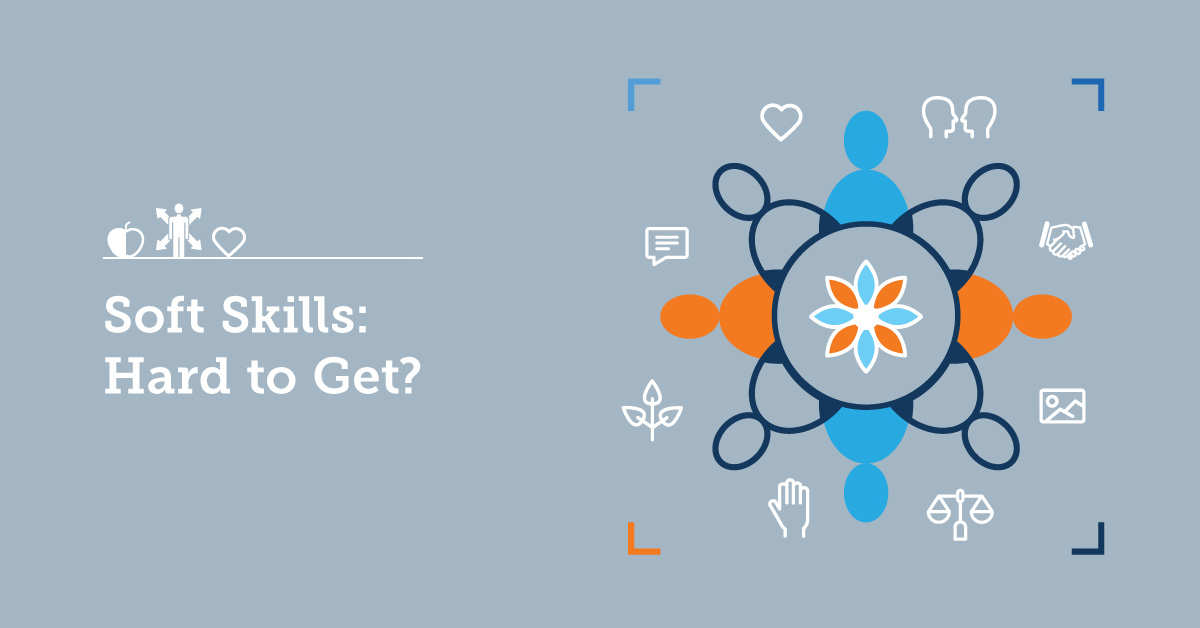Navigating the turbulent waters of the modern job landscape is a challenge that both individuals and companies deal with. The rapid changes in required skills often leave conventional talent acquisition and development methods hard to keep up with.
Enter the skills taxonomy framework. Think of it as your guide in this ever-shifting terrain. It effectively helps organizations categorize, map, and prioritize the crucial skills needed by the current job market.
This framework isn’t just about surviving; it’s about thriving. It empowers individuals and businesses to adapt, aligning their expertise with the latest industry trends.
Plus, it’s not just about managing change; it’s about embracing it.
Let’s dive deeper for the full scoop on how this framework can transform your journey.
What is a skills taxonomy and why you should use it
The world is changing at speed. Which explains why 58% of the workforce needs new skills to get their jobs done, according to Gartner.
Skills taxonomy frameworks help individuals and organizations adapt to this. How? By categorizing and ranking emerging and in-demand skills across different roles and industries.
This, in turn, helps individuals stay relevant in the job market. And it provides businesses with a strategy for recruitment. It also helps organizations offer targeted upskilling opportunities for internal talent development.
Upskill your people with TalentLMS
Identify skills gaps and deliver targeted training.
Easy to set up, easy to use, easy to customize.
What’s an example of skills taxonomy?
Skills taxonomy frameworks cover both soft and hard skills. But what does that look like in practice? Let’s take the example of a tech company. Their skills taxonomy framework could be broken into the following hard skills and soft skills. For instance:
Hard skills
- Programming (Python, Java, C++, JavaScript)
- Cloud computing (AWS, Azure, Google Cloud)
- Data science (machine learning, data visualization, statistical analysis)
- Cybersecurity (ethical hacking, network security)
- Web development (HTML, CSS, frontend and backend frameworks)
Soft skills
- Problem-solving (debugging, troubleshooting)
- Communication (explaining technical concepts to non-technical stakeholders)
- Collaboration (working in agile teams, reviewing code)
- Adaptability (keeping up with technological changes and trends)
- Leadership (guiding junior developers, project management)
In this case, the specific skills taxonomy framework helps the tech company in precisely identifying the essential skills needed for roles like software developers, data scientists, or cybersecurity experts. It guides the recruitment process as it focuses on these specific skills.
However, as tech trends change, the organization can update the taxonomy to include emerging skills. For instance, blockchain development, quantum computing, AI, and more.
Concerning talent development, this taxonomy ensures a balance between technical expertise and interpersonal skills. These skills are both vital for a technology professional’s success in the modern digital world.

How to build a skills taxonomy framework step by step
An effective skills taxonomy framework encompasses existing roles and skill sets, and future requirements.
Follow these steps to successfully build a skills taxonomy framework that will skyrocket your teams’ potential.
1. Analyze existing roles and skills
Start by analyzing the current job roles in your organization. Document the tasks, responsibilities, and skills (both hard and soft) associated with each role. Then, collaborate with department leaders and employees to make sure there’s a clear understanding of the skill requirements.
2. Research industry standards
Carefully examine industry standards, like job descriptions and best practices to pinpoint skills relevant to your field. This helps align your skills taxonomy framework with wider industry expectations.
3. Consult industry experts
Engage with subject matter experts, professionals, and thought leaders within your industry. Their insights and valuable knowledge can provide a forward-looking perspective, and help you identify skills that might become essential in the future. To achieve that, attend industry events, run surveys or interviews, and check on their social media channels for news and updates.
4. Pinpoint skills gaps
Compare the skills your team currently has with the skills required for better performance. Address skills gaps through targeted training, upskilling, or hiring efforts.
5. Explore future skills
Trends, industry reports, and expert input can help predict which skills might be in demand in the future. For example, if your industry is moving toward automation, add AI-related skills to your skills taxonomy framework.
6. Put skills into categories
Organize the skills you’ve identified into categories. For example, technical, leadership and communication. This enhances the clarity of your skills taxonomy and makes it easy to navigate.
7. Set skill priorities
Assign levels of importance to each skill based on its relevance to specific roles or business goals. Not all skills are equally important. Some might be vital to a role, while others can be supplementary. For example, coding skills are core for tech professionals but secondary to graphic designers.
8. Create a structured framework
Create a structured framework for your skills taxonomy. List skills according to their categories and rankings. And make sure it’s a reference tool your HR team, managers, and employees can all access and know how to use. (Use a digital format, where possible.)
9. Review and update
It’s important to regularly review and update your skills taxonomy framework so that it remains relevant. Monitor industry trends, technological shifts, and changing job roles to reflect new skills. And adjust priorities whenever needed.
10. Monitor your framework
How are people in your organization using your skills taxonomy framework? Is it making a difference? To evaluate success, track the impact on recruitment, training, and employee development.
11. Ask for feedback
Gather feedback from employees, managers, and HR professionals to gather further insights. Use surveys, questionnaires, and 1:1 or group meetings to collect opinions. And refine the framework based on what you find.
Gather insights and refine your skills taxonomy framework
Create custom surveys in a snap with TalentLMS.
The training platform that users consistently rank #1.
From theory to practice: Implementing skills taxonomy
You’ve followed the relevant steps and designed your framework. The next stage is to use it to align talent development with business needs.
Here are some practical ways you can apply the framework to your business. And convert your skills taxonomy from an abstract concept into a strategic tool.
Individual development plans
Use your skills taxonomy to create personalized development plans for your employees. Sync these up with your employees’ roles and career aspirations. And follow up with relevant training opportunities. As well as adding value to your organization, you’ll boost employee satisfaction too.
Tailored training programs
Design personalized training initiatives based on the prioritized skills identified in the taxonomy. Using a Learning Management System, for example, each individual can follow their own learning path to develop the hard or soft skills they need.
Performance evaluation
Evaluate employees not only on job performance but also on the skills critical to their success. A skills taxonomy is the perfect way to achieve that as it encourages growth in areas directly tied to specific business needs.
Succession planning
It’s possible to identify potential leaders by analyzing the skills needed for higher roles. Use the skills taxonomy to nurture and develop these skills in your workforce and set your teams up for success.
Recruitment and onboarding
Align job descriptions and candidate assessments with the skills taxonomy. This way, you’ll streamline recruitment by targeting candidates with the right skills. And reduce onboarding time too.
Meet TalentLibrary™
A growing collection of ready-made courses that cover the soft skills
your teams need for success at work
![]()

Using your LMS to integrate skills taxonomy
A modern, user-friendly LMS should allow the integration of skills taxonomy. To make skills taxonomy an effective solution for employee training and development, it should include features like:
- Skill assessment tools: Employ an LMS that assesses employees’ skills against the taxonomy. Tests, quizzes, and assessments offer insights into individual and team proficiency, aiding targeted development efforts.
- Personalized learning paths: Each employee should build different skills based on your skills taxonomy and their performance evaluation. Opt for an LMS that can suggest relevant courses to cater to specific training needs.
- Progress tracking: Monitor the skill development progress on your LMS. Track course completion and improvements in skills areas. Identify pain points. And fine-tune your training strategy accordingly.
- Feedback mechanisms: Open communication between employees and leadership is essential. Encourage regular discussions on development goals, progress, and techniques through your LMS by using video conferencing integrations or discussion boards.
- Certifications: Certifications within a skills taxonomy-integrated LMS offer formal validation. They set skill benchmarks, aid recruitment by showcasing expertise, and motivate employees to excel. The result is a more skilled and capable workforce ready to meet evolving industry demands.
- Gamification: Make skills training fun and engaging by incorporating gamified learning modules in your LMS. Gamification that’s aligned with the taxonomy boosts skill acquisition and retention in a friendly and competitive environment.
- Cross-department collaboration: Encourage collaboration across departments so that employees can share skills and knowledge. Discussion boards on your LMS provide an ideal solution to promote a culture of skill-sharing while enriching the organization’s collective expertise.
Navigating tomorrow with skills-based talent development
Talent development based on specific skill sets is like having a trusted compass for both today’s demands and tomorrow’s adventures.
It means you can gear up for the present, while preparing for the twists and turns that are over the horizon. The result? You and your employees become adaptable champions, ready to navigate the future —whatever it holds.
Overall, building a skills taxonomy is an ongoing process. It requires collaboration, research, and adaptability. It is a strategic tool that helps organizations quickly and effectively adapt to changing demands by ensuring a skilled and agile workforce.




Leave a Reply